
How to get URL link on X (Twitter) App

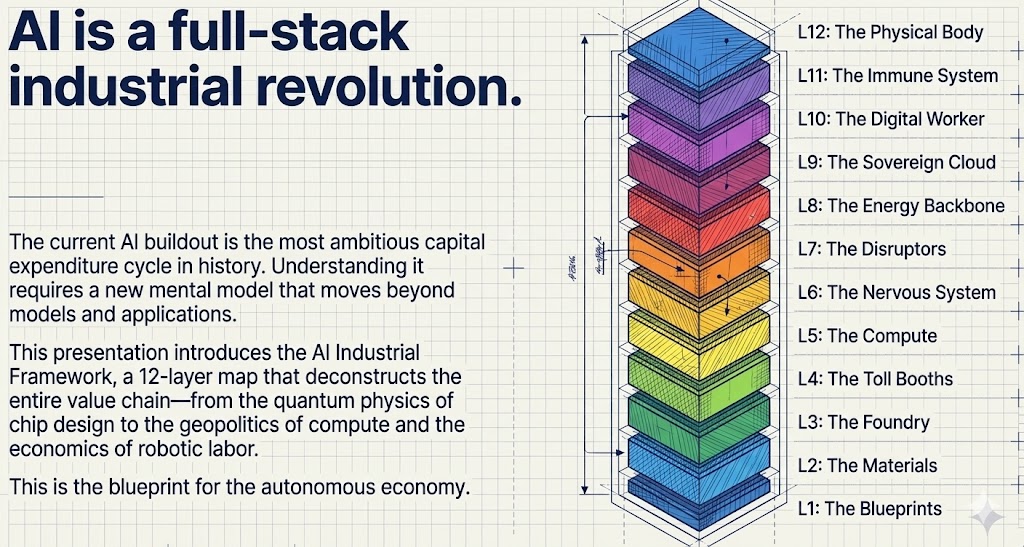
 Layer 1 - The Blueprints (EDA / Chip Design Software)
Layer 1 - The Blueprints (EDA / Chip Design Software)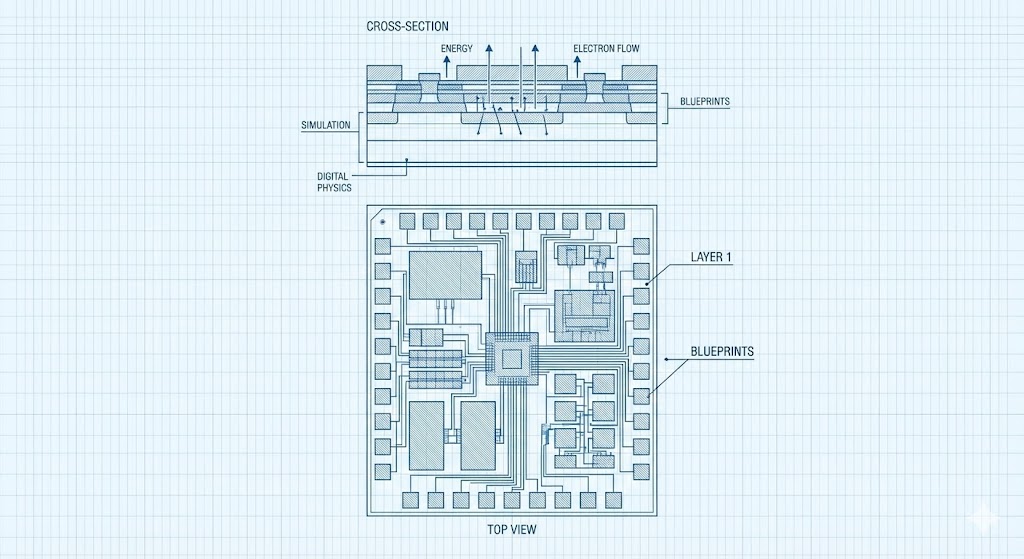

 Pillar I represents the Silicon Foundation.
Pillar I represents the Silicon Foundation. 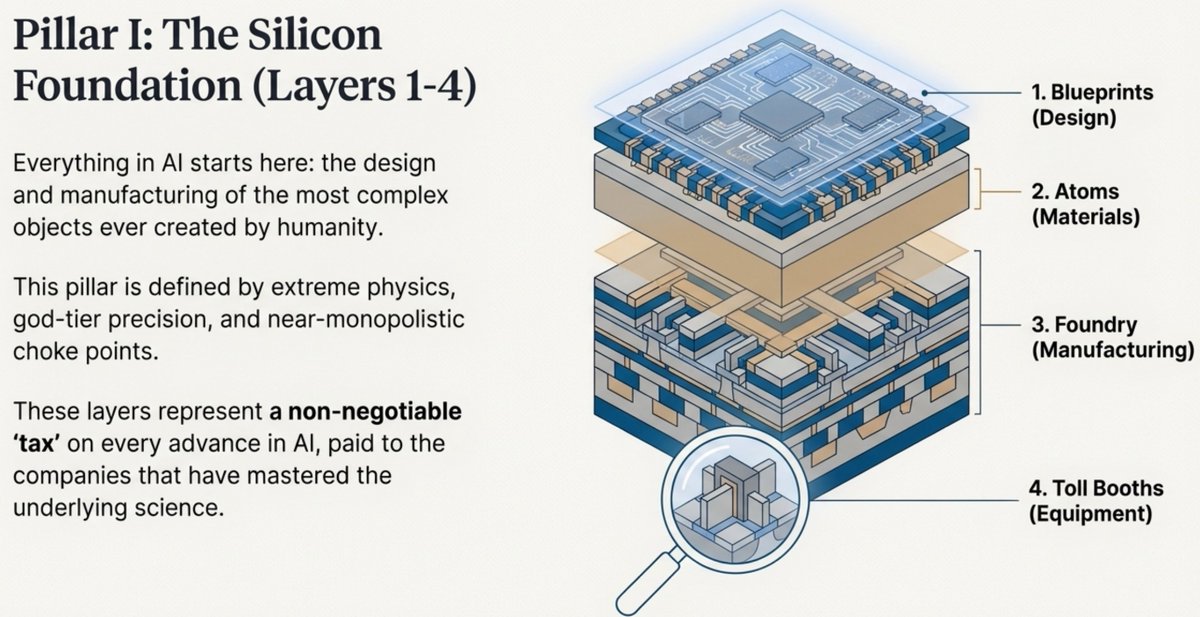

 Cracking the Semiconductor Code $ALMU
Cracking the Semiconductor Code $ALMU

 1/24 Innodata Inc. $INOD
1/24 Innodata Inc. $INOD

 Strategy $WYFI
Strategy $WYFI

 The Foundational Model - Pure-Play Mining $RIOT
The Foundational Model - Pure-Play Mining $RIOT

 Think of $SMID as a three-legged stool.
Think of $SMID as a three-legged stool. 
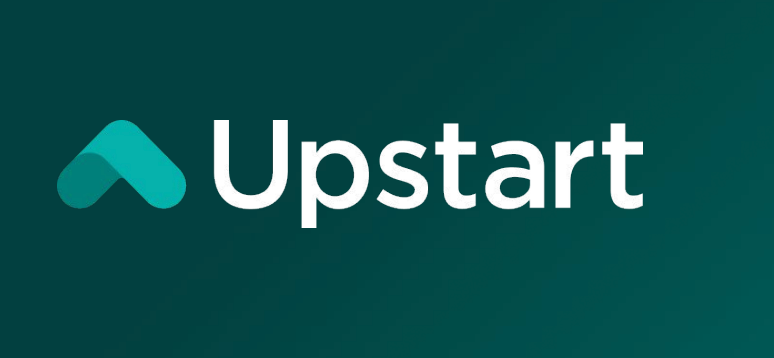
 2/ $UPST
2/ $UPST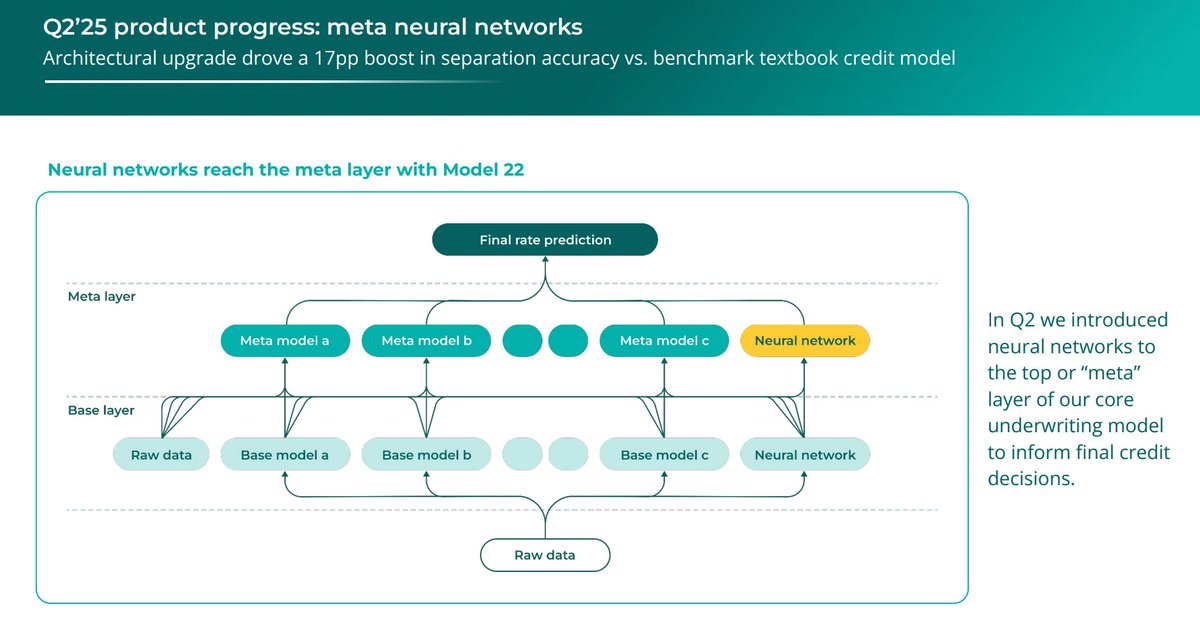

 2/
2/